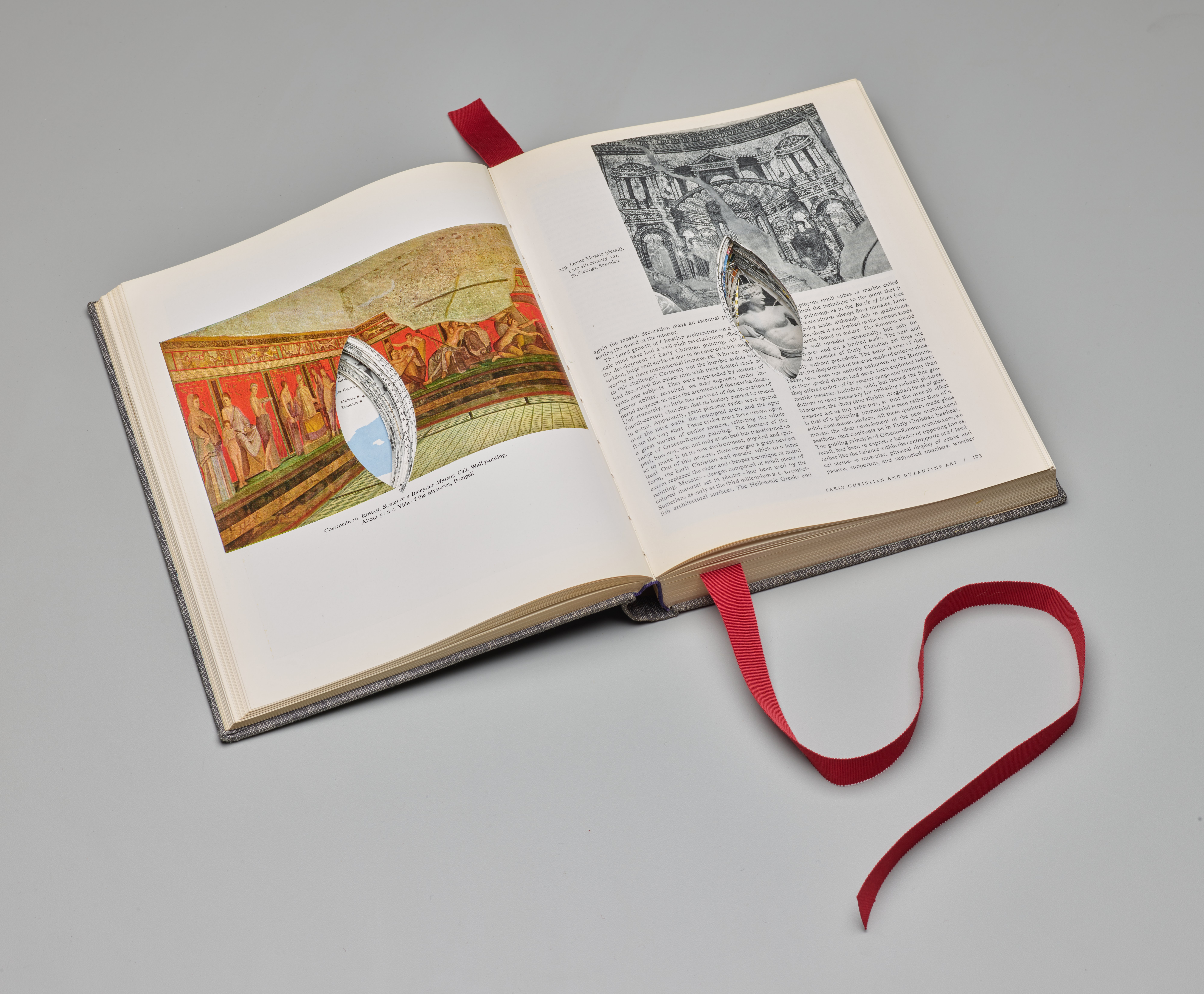Women have always played an important role in the art world. He Said/She Said: Contemporary Women Artists Interject, on view at the Dallas Museum of Art through July 21, shows how women artists are making bold statements and inserting themselves into a canon often defined by men.
Curated by Katherine Brodbeck, the museum’s Hoffman Family Senior Curator of Contemporary Art, the exhibition features several works recently acquired by the museum. Veronica Myers, Curatorial Assistant for Contemporary Art and Asian Art, assisted Brodbeck with this exhibition.
He Said/She Said juxtaposes works by men and women, creating conversations about women’s place in art history and illuminating new contexts about the contributions of women and people of color. While the artwork is contemporary, the exhibition is organized thematically rather than chronologically to show the evolution of these creative conversations.
“We really wanted to emphasize the fact that these dialogues have been happening across time and space and continue to be had,” Myers said.

Foundational artworks greet visitors, including works by Jackson Pollock and Jasper Johns alongside with Kaleta A. Doolin’s Improved Janson: A Woman in Every Page. Doolin makes a subversive alteration to H.W. Janson’s A History of Art, a textbook that initially included women mainly as nude models.
The first section, Women and Appropriation, features artworks from the Postmodernist era of the late 1970s to 1990s.
“The artists of the Post Modernist movement argue that creation is the act of looking back, an act of reference and an act of combing through history and recontextualizing those works,” Myers said.
These women artists explore the nature of their identity through their work.
“Through acts of appropriation, through acts of reference, the artists in this section and especially women artists in this section were able to redefine who they were by saying, ‘This is my body, this is my place in the world, this is how I understand my gender, my race, my sexuality,’ by this very tongue-in-cheek and also very, very powerful reclamation and appropriation,” Myers said.
In the Black Female Subjectivity section of the exhibition, black women artists take imagery made famous by white male artists and infuse them with their own experience. Lorna Simpson’s Blue Turned Temporal references Frederic Edwin Church’s monumental The Icebergs.
“What she is saying here is that Black Americans are the foundation and that they cannot be unseen and cannot be untangled from this history of imperialism and conquest that really defines how America was made,” Myers said.
The section titled Friendship and Collaborations reminds visitors that men and women work as colleagues in the art world. One wall in the gallery features three works by artists who know each other and whose works refer to each other: Cracked Screen by Troyin Ojih Odutola, Clouds by Sigmar Polke, and Repose 3 by Lynette Yiadom-Boakye
“This room is full of collaborators – whether they be friends, families, contemporaries, spouses, partners – in order to showcase the fact that there is always a reciprocal musedom that is always occurring and collaboration that is always happening,” Myers said.
The final gallery, Women and Surrealism, features some of the youngest artists in the exhibition and some of the museum’s most recent acquisitions. Surrealism is an exciting way for these women artists to explore gender in their art.
Danica Lundy’s Compressions is a startling painting depicting a female torso as someone performs CPR compressions. It’s an antic portrait of femininity.
“This very kind of grotesque and indiscernible work was really a way for Danica to parse through what it means to be a woman in this world, what it means to have a body, a feminine body, and what it means when it gets down to its bare essentials, that we’re all skin and bones at the end of the day,” Myers said.
As the Dallas Museum of Art prepares for a major renovation, He Said/She Said is indicative of the museum’s approach to building its collection.
“As a permanent collection show, this is a really beautiful opportunity to see what’s been here, and how we’re collecting over time,’ Myers said.
Learn more: Dallas Museum of Art